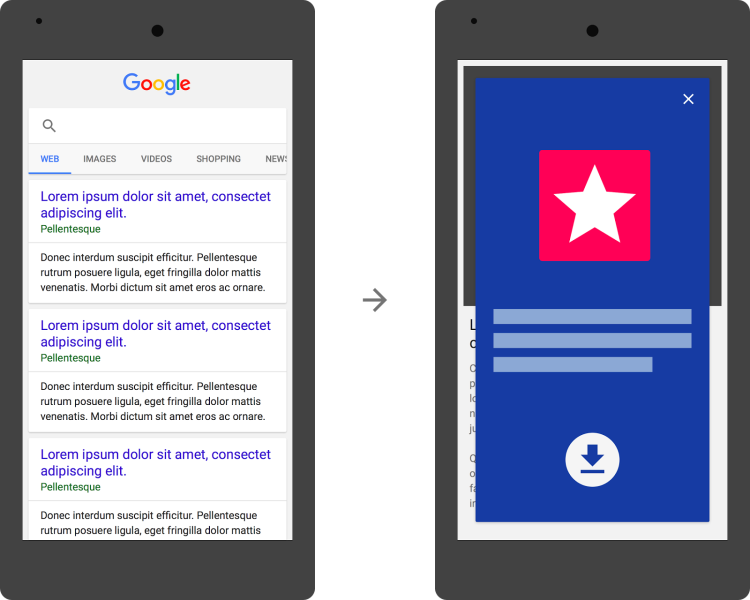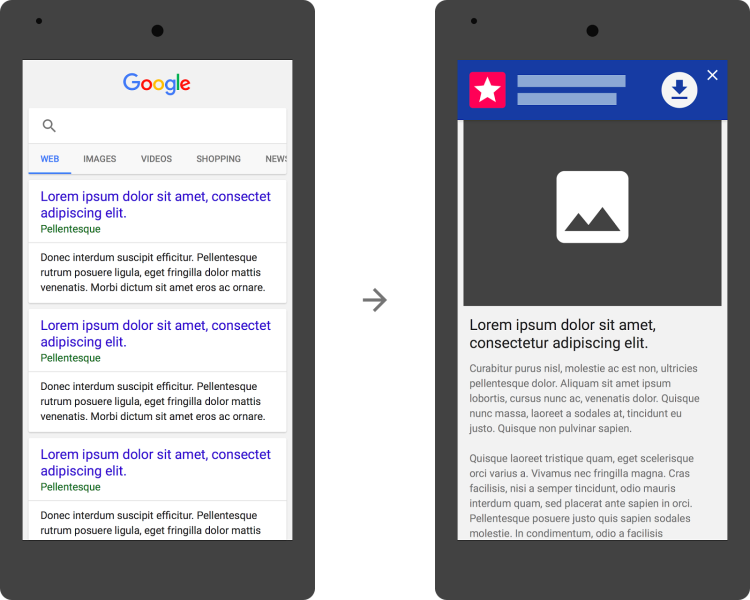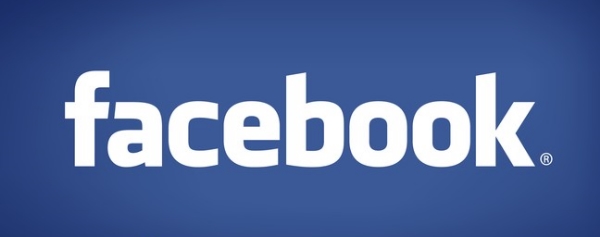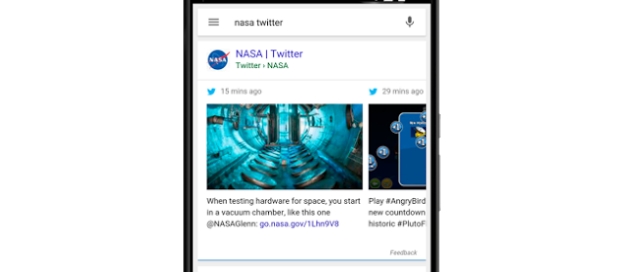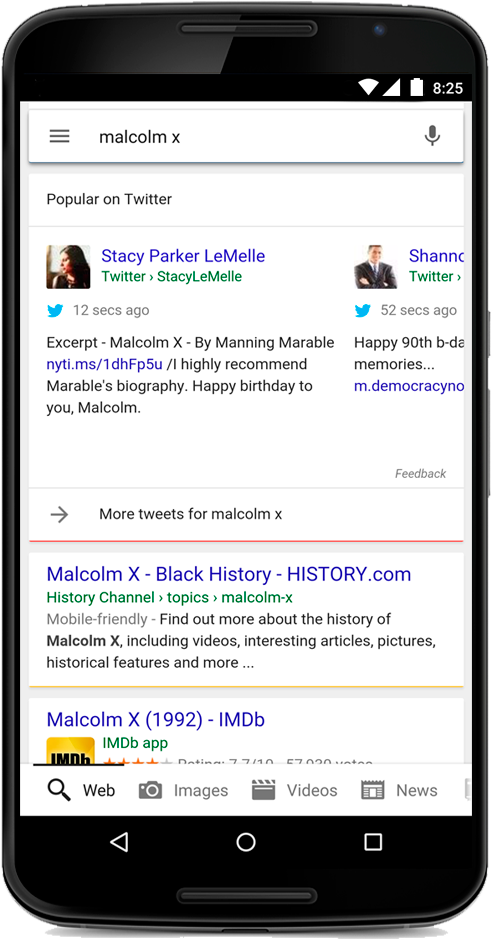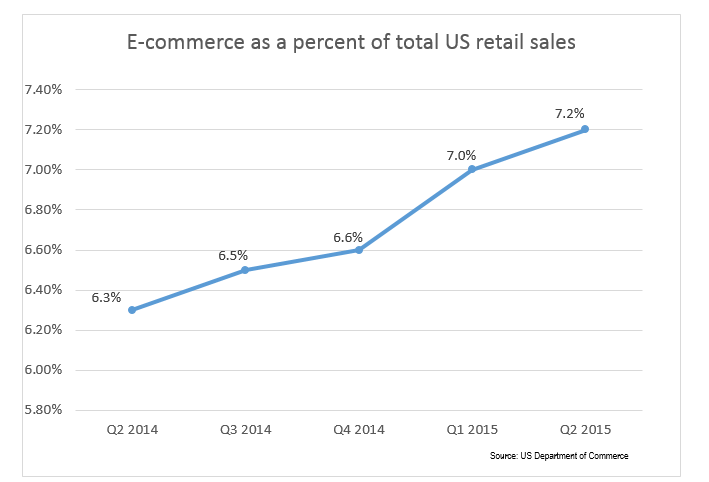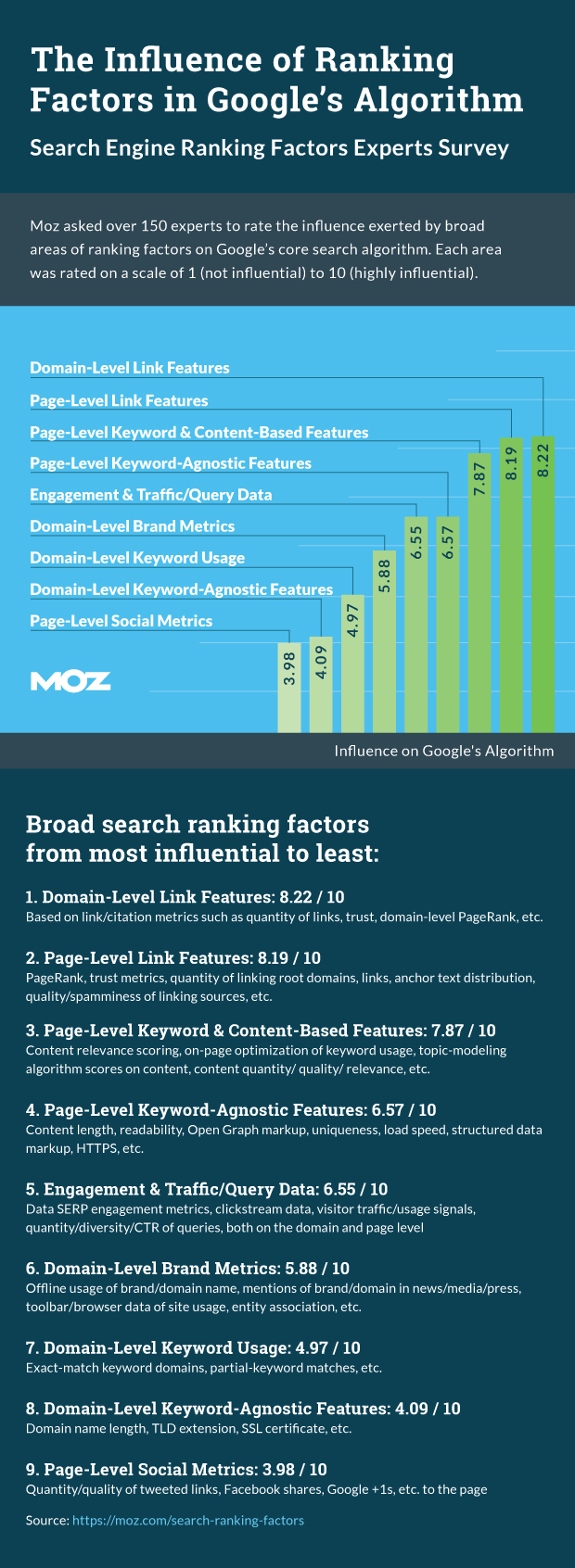As September begins many retailers are kicking off holiday promotional campaigns, which means the Christmas season is coming even earlier than normal this year. According to ChannelAdvisor’s 2015 Online Retail Survey, over half (59%) of retailers in the US and UK have already begun their holiday campaigns.
It’s not uncommon for holiday promotions to begin early in the year, as consumers begin holiday researching and shopping months ahead of time, but the survey shows retailers are beginning their holiday promotions even earlier than last year. The survey also shows that retailers say their top strategy this year is to offer more holiday sales in an attempt to boost sales.
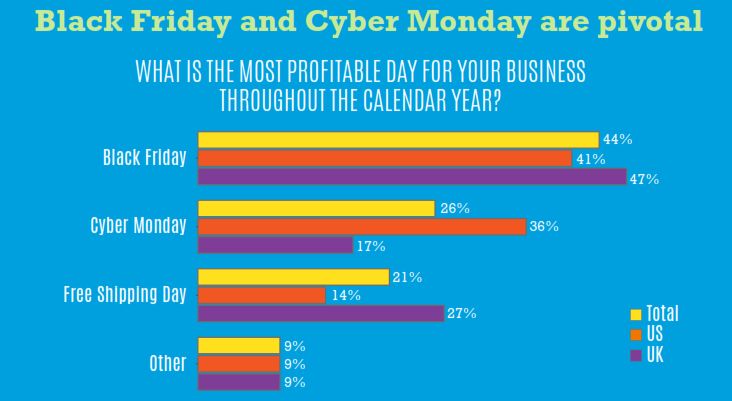
As with every year, most retailers are depending on strong holiday performances, with over a quarter (74%) of retailers saying at least 20% of their annual sales come from the holiday season.
While Black Friday sales were lower than expected last year, Black Friday and Cyber Monday remain key sales days for the holiday season. Among US retailers, 41% reported Black Friday was the most profitable day of the year, while 47% of UK retailers said the same.
Retailers have high hopes for this year’s holiday sales performance, with 82% saying they expect sales to increase. Of those, 21% said they expect holiday sales to rise more than 15% from last year.
For the full survey, click here.

